Paul Gilbert: these are the 10 guitarists who blew my mind
"His playing to me sounded like he was battling a dragon"
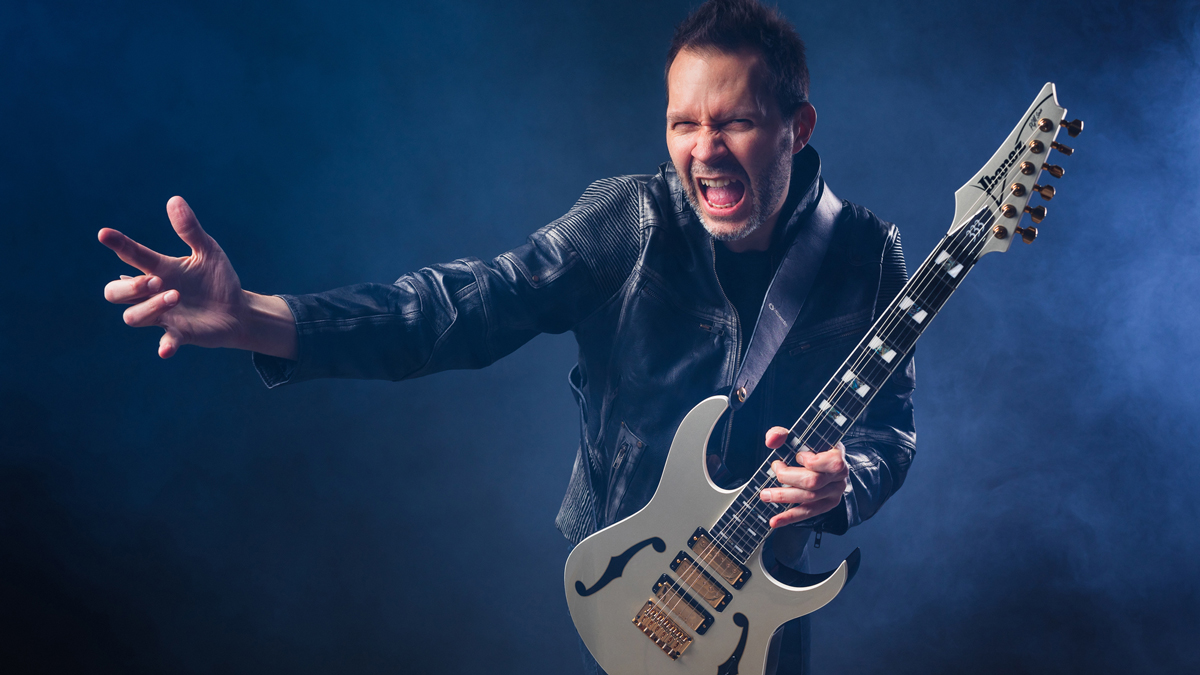
Best of 2019: Everyone has their favourite Paul Gilbert moment. It could be a song, or even a solo within a song, a moment of show-no-mercy vibrato that’d test the tensile strength of even the toughest electric guitar string.
Or maybe it’s a moment of 1980s craziness, captured on VHS and rendered on YouTube for posterity, like Paul Gilbert’s Terrifying Guitar Trip, which supposes that split-screen shredding isn’t spectacular enough, and only a ripping solo played on Gilbert’s signature f-holed Ibanez modified from body-through-neck with tassels will do.
“At the time, it all seemed pretty normal,” says Gilbert. “It was okay to have a pink guitar and glow-in-the-dark pants, and play with a drill. 1987, that was the worst year. I think that was the worst year for capes and for hair!”
But looking back through the kitsch of shred guitar’s neon evolution, you can see where it was all coming from, as the permissiveness and largesse of '70s rock morphed into the MTV era. That was an era in which Gilbert cut his teeth; channelling Malmsteen on Racer X, and bringing his melodic sensibilities to the fore with Mr. Big as the decade drew to a close.
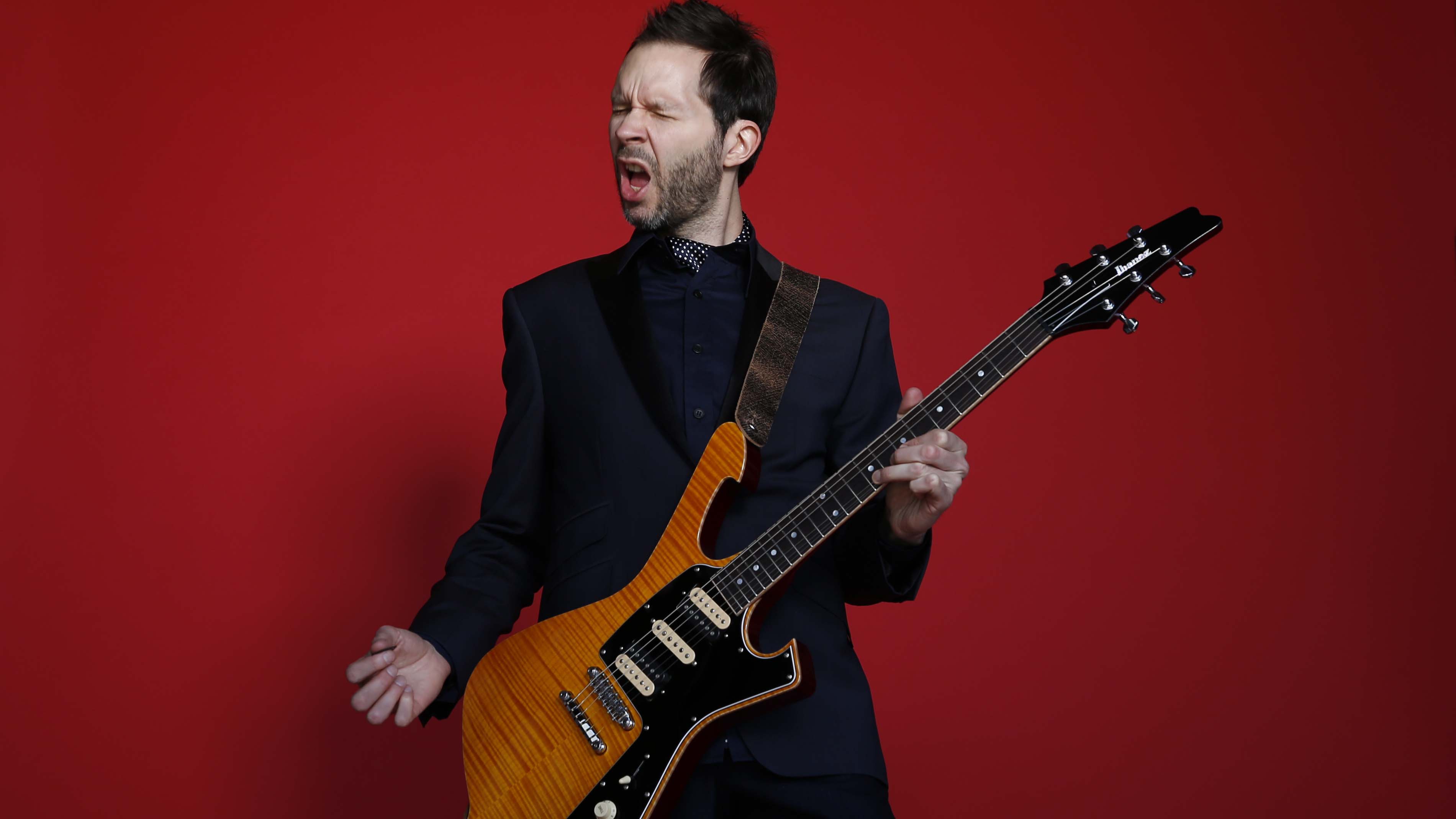
But Gilbert has never stopped pushing his playing. He’s relentless, the sort of guitarist who can set your hair on fire, and send you back to your practice spot, chastened, ready to slow the metronome down and go again.
Well, it’s nice to know that he feels the same way about the players who shaped his playing, growing up as a rock-obsessed kid in Pennsylvania.
With his incendiary new record, Behold Electric Guitar, scheduled for release via Mascot Label Group on 17 May, it was time for Gilbert to look back, and for the blower of minds to tell us which players blew his mind...
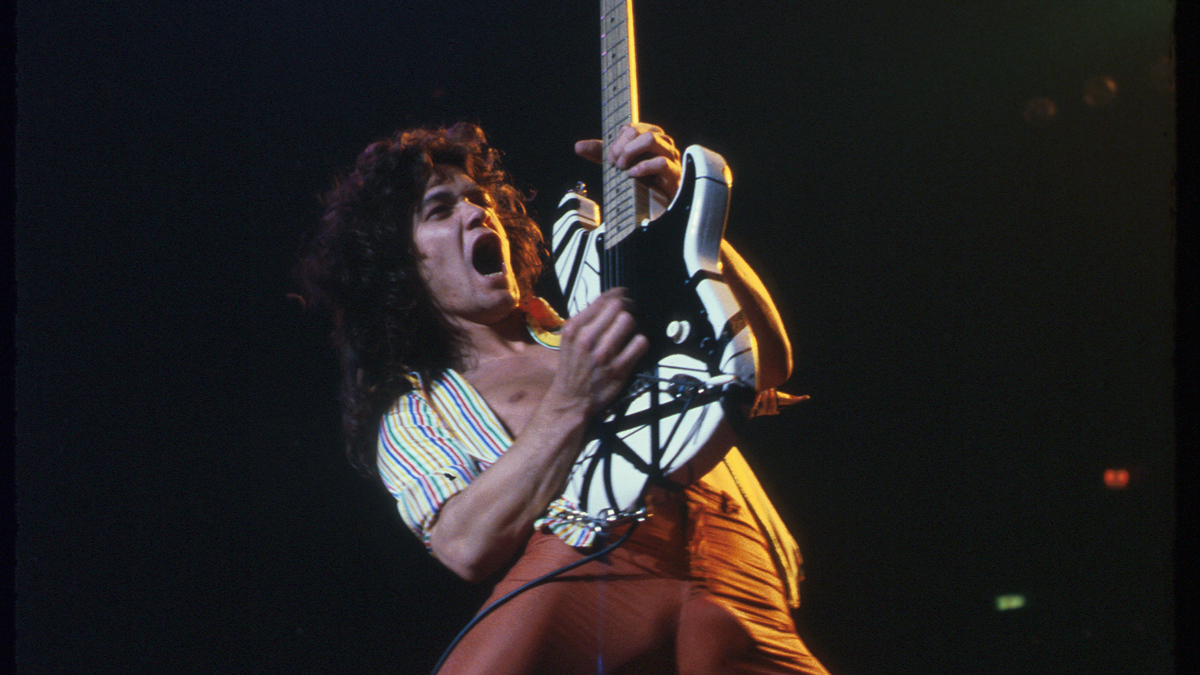
1. Eddie Van Halen
“I think anybody who was 12 years old when that first album came out was probably knocked out by it.
“Everyone goes to the tapping thing, and of course that was stunning. But to me it was actually more about his tone and his vibrato. And his brother Alex!
They were so... What’s the name of this article? Mind-blowing? They were exactly that!
“Because the other rock bands that were around at the time - Aerosmith and Cheap Trick, Ted Nugent - when those bands would go into the studio it was more this conservative '70s production style, whereas Van Halen played live in the studio, so just the overall feeling of those records had an energy and an excitement to them and a looseness, and a realness to them that really stood out.
“To me, the secret of Eddie Van Halen was Alex Van Halen, because the way Alex played was so loose and the way the two of them locked together... Those two are connected so thoroughly they might as well be one person.
“I was fortunate enough to see him live on their first headlining tour, which was 1979. I saw them every tour they did with David Lee Roth. They were so... What’s the name of this article? Mind-blowing? They were exactly that! I’d just come out of there like my world had been opened up in every way.”
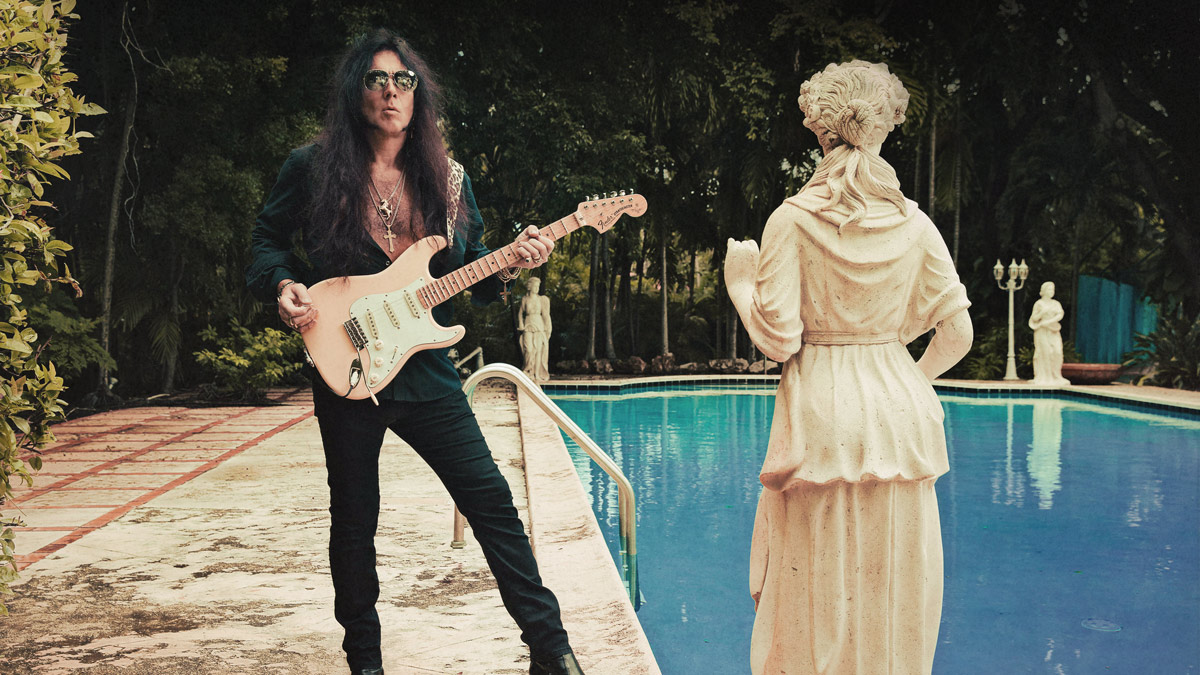
2. Yngwie Malmsteen
“I think I had heard Al Di Meola on the radio when I was a kid, that acoustic record, Friday Night In San Francisco, with Paco de Lucía and John McLaughlin. His picking was unbelievable. I thought it was incredible.
“But at the same time I was such a rocker that anything that was Latin jazz or acoustic jazz, as appealing as the guitar technique was I just wasn’t into the music. But when I heard Yngwie, he was doing a similar kind of fast picking but it was rock, it was on an electric guitar, and so the style connected with me much more.
“He opened the door. That’s possible? I didn’t know that was possible before. And I said, ‘Well, if it’s possible then I’ve got to try.’ It was also having the heavy classical influence, hearing the harmonic minor scale or the Phrygian dominant, and just the way he wrote using classical chord progressions; that was something new. ”
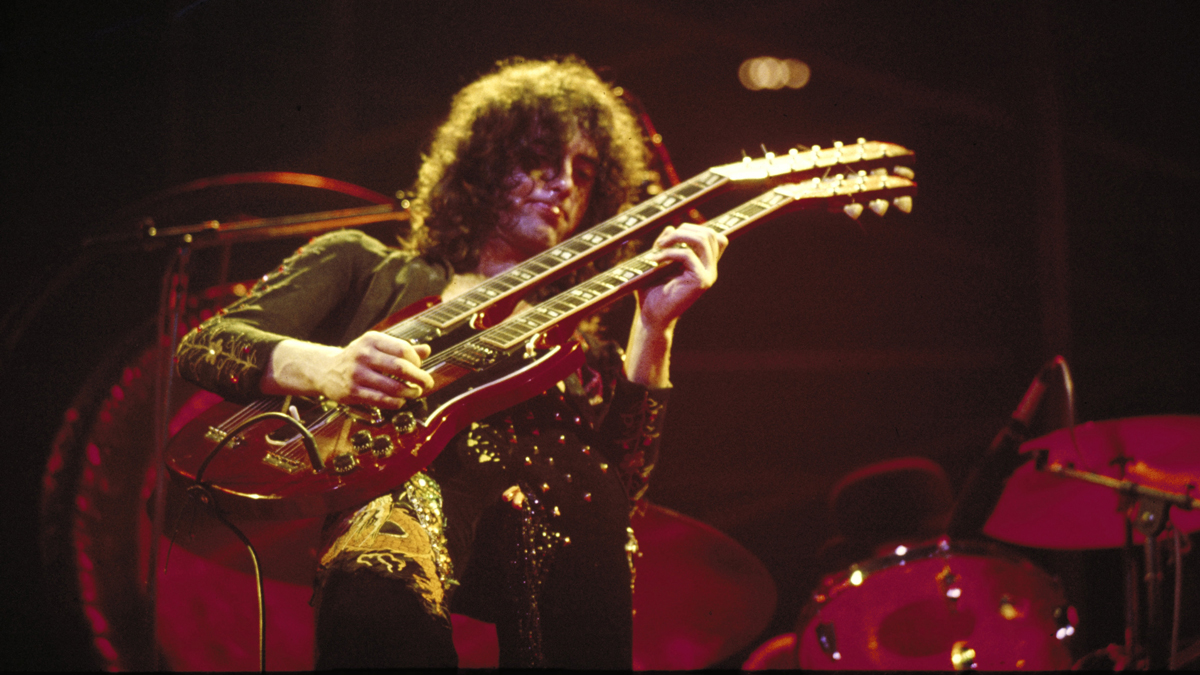
3. Jimmy Page
“The thing that really got me was the solo on Heartbreaker, where the whole band stops - maybe that’s the trick. And he just does those blues notes. That moment, to me, that was like the primary colours. That was like somebody introducing me to blue, y’know! It’s simple, but it’s so important, and he did it so well, and framed it so well.
“How he played with the band was astounding as well. It was loose, and occasionally people might say the playing was sloppy but, man, he got the point across. In the same way that you’d look at a Picasso, y’know, those things that Picasso is famous for, he is not trying to draw or paint photographically. That’s not the goal, and what Jimmy Page was creating, it wasn’t that either.
“I probably spent more time as a kid playing air guitar to Jimmy Page than any other guitar player. He’s known for holding the guitar really low, which he did, but in his genius he figured out a second technique to make that really effective: he had very high pants! And so the high pants combined with the low guitar makes the guitar look even lower. Google ‘Jimmy Page live’ and you’ll see he had the highest pants in the business!”

4. Eric Johnson
“The first time I saw him was at GIT. He did a clinic. He came in with his band and Ah Via Musicom hadn’t come out yet.
It seemed like he was thinking through chord changes in his head and he has just such a fluency of playing through those changes
“At first, it didn’t connect with me. I liked him, but the thing I noticed was that he had a unique sound. It took me a long time to get into him but the more time that went on the deeper I got, and it wouldn’t stop.
“I saw him recently and he played an unaccompanied solo that was beyond what I could comprehend, but I could comprehend just enough to know just how deep it is, and how much research, and practising, and how much effort he puts into his art.
“I’m sure it was improvised. It seemed like he was thinking through chord changes in his head and he has just such a fluency of playing through those changes. He is not a casual player. He is building a mountain of guitar achievement and it sounds great.”

5. Frank Marino
“I was first exposed to him through a show called California Jam II; it was in the late-'70s, and they simulcasted it on the radio. On TV, you had a little four-inch speaker, but they simulcasted it so you could listen to it through the speakers on your stereo. I recorded it with a cassette and Frank Marino came on and just killed.
“He did a cover of Purple Haze. I’d never heard of him. It was just amazing. I bought his most well-known record, Frank Marino And Mahogany Rush Live, and it really is a blueprint for what shred guitar is. Or maybe what I feel shred guitar should be.
“I saw him playing in a club in the early 2000s and he was still unbelievable. He came out onstage, the first thing he did was play an open-string trill, with the open G string and the A. He used his first finger, which surprised me, but it was the fastest open-string trill I have heard by far! His vibrato was great.”
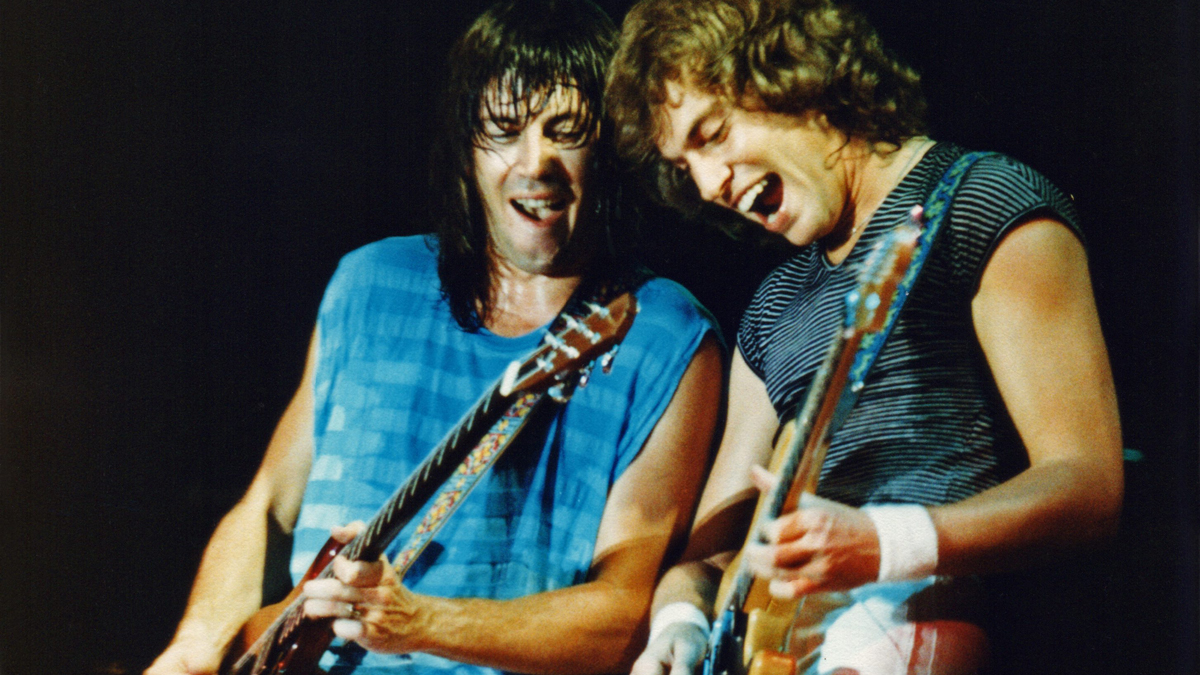
6. Pat Travers and Pat Thrall
“They were a team who played together for three records and the best-known record is Go For What You Know. That record saved me from becoming an Yngwie clone, because I was really into Yngwie at the time.
“I was in Racer X with Bruce Bouillet and we used to do blues jams just for fun and Bruce was always so much better than I was. I was really dissatisfied with my own blues playing. I could tell something was off.
Analysing the solos, working out what the notes were, it opened up a whole world to me
“The most bluesy record I had in my collection was Go For What You Know - not a traditional blues record at all, but I could tell it had blues notes in it even though I could tell they were louder and faster and more distorted. The band was more high-energy than typical blues bands.
“Analysing the solos, working out what the notes were, it opened up a whole world to me. It was such a great mix of blues, rock and funk, and some progressive elements. They had great conversations the way their rhythm parts worked together.
“Google any song and that record and my name and it’ll come up because I’ve covered them at some point!”
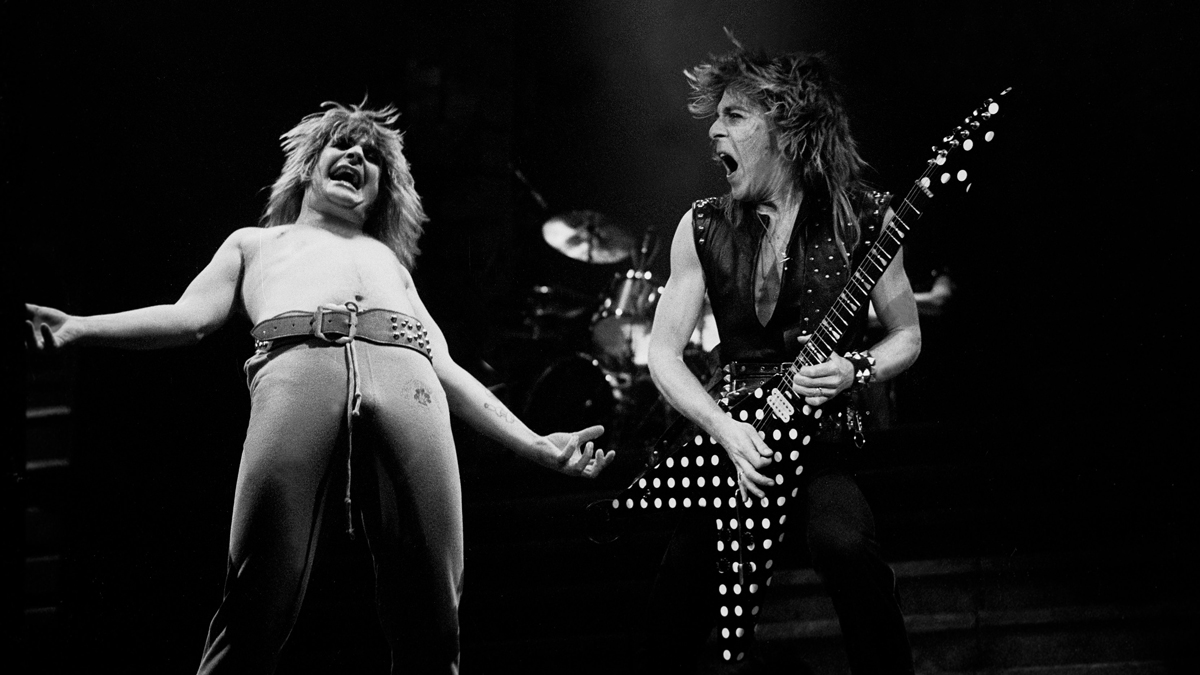
7. Randy Rhoads
“I saw him live three times, twice with Ozzy and once in a guitar clinic he did in Greensburg, Pennsylvania, which is the town I grew up in. I think it was the only clinic he did and the fact he did it in the town that I grew up in was really an odd coincidence.
“He had the best rock guitar tone I ever heard live and it was huge. I couldn’t believe it. How could this happen!? It sounded hi-fi. It didn’t sound small or harsh; it was good, and big. His playing to me sounded like he was battling a dragon. And he was a little guy, so the guitar was big on him.
“Technically, he was always just one step away from it falling apart, but what we would play would have so much intention, and his compositions were so cool, and his note choice was so cool that technical, barely making it added such a nice drama to it all.”
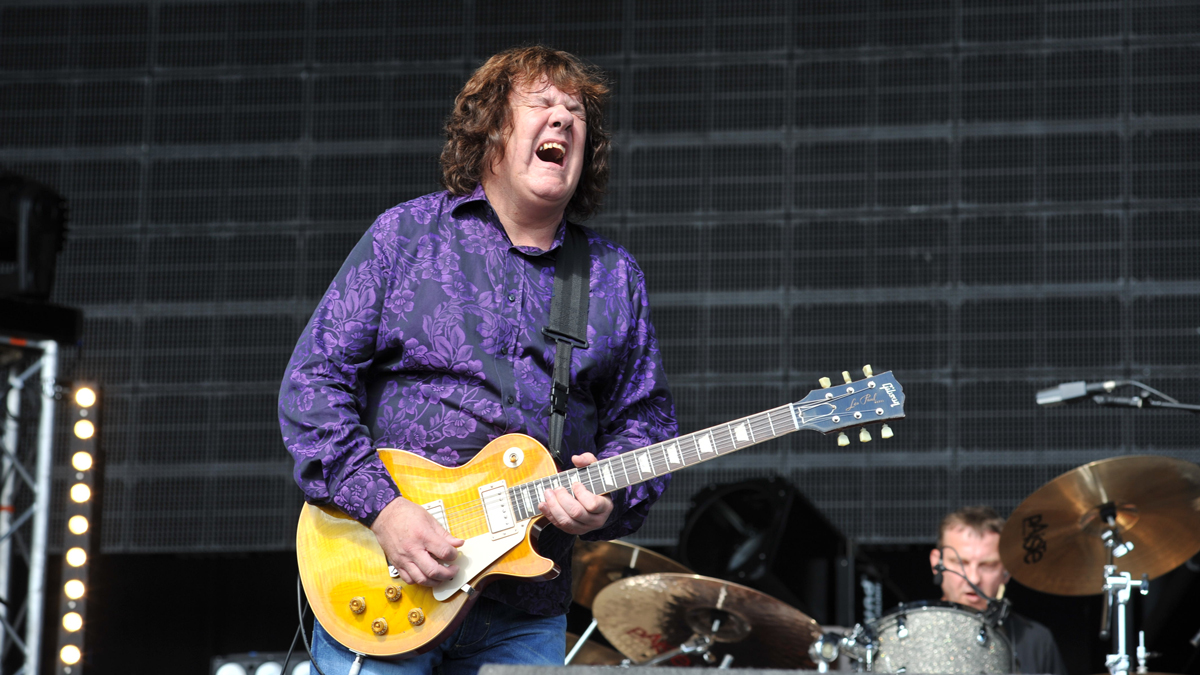
8. Gary Moore
“I’m actually playing two Gary Moore songs in my set at the moment. I saw him live, probably in 1987, the era of the big hair, and he was just really fiery. Somehow he was really able to get across the anger in his playing in the studio, which wasn’t easy to do.
He grabbed the whammy and did it in time - it was a triplet. And that wasn’t the way Eddie Van Halen used the whammy
“When I saw him live, one of the things that really was memorable to me and a little bit shocking - but good shock - was the way he did the whammy bar.
“Of course, later when he got into his blues thing I don’t think he ever used the whammy, but he was doing this song called Over The Hills And Far Away and he grabbed the whammy and did it in time - it was a triplet. One-two-three, one-two-three... And that wasn’t the way Eddie Van Halen used the whammy. It was like this new whammy sound and it was really cool.
“He’s just one of the most strong and masculine, and street! Even in a cape and goofy hair. You wouldn’t wanna mess with him in an alley.”
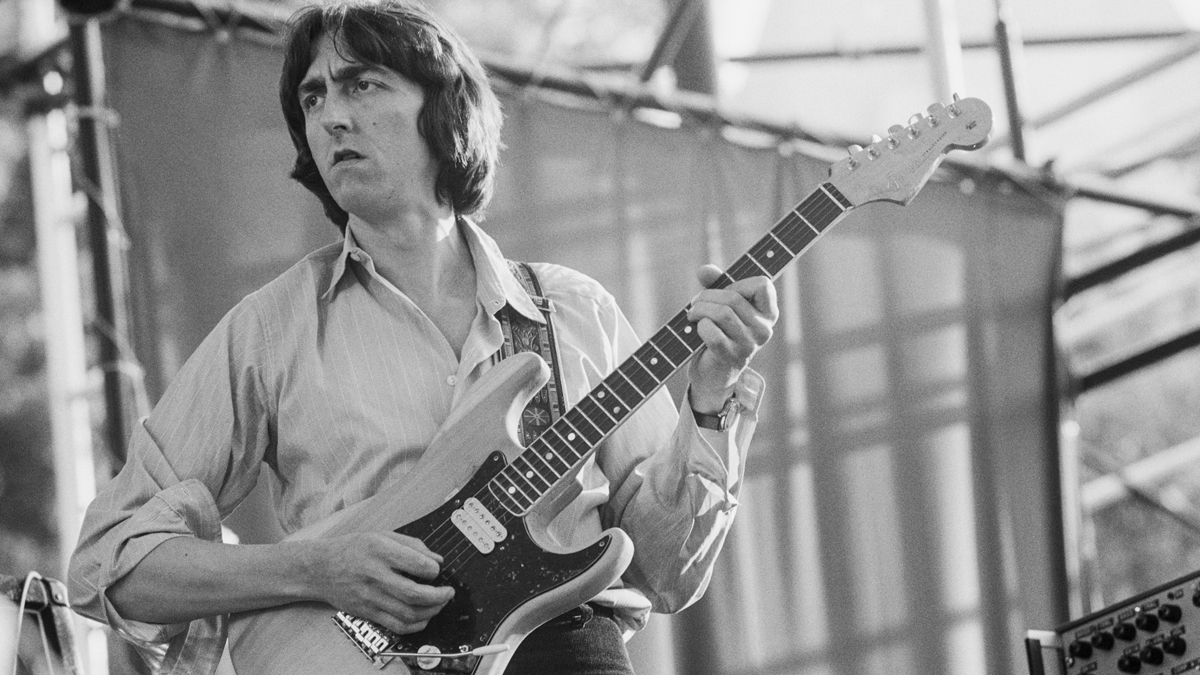
9. Allan Holdsworth
“Allan Holdsworth, who play my mind not only for his incredibly fluid, athletic guitar playing, but also his writing was probably the first thing that would be categorised as jazz that I really liked.
“I’m not a jazz expert but I don’t know anyone who writes like Allan. His writing is so unique. It took me a long time to be comfortable with what I was hearing, but I could tell every time I listened to it I liked it a little more to the point that I really liked it.
After about three songs he was able to put everything in and you’d be satisfied. Your musical stomach would be full!
“I tried to play his stuff a little bit but I really didn’t have the ear to figure it out. I did try to copy the fluid legato playing. He had a certain way of making the notes sag with the whammy that was really unique to him. He had such a distinctive flavour.
“After about three songs he was able to put everything in and you’d be satisfied. Your musical stomach would be full! I want more but I can’t fit anything more in!
“Allan might be the only guy who has his thumb behind the neck most of the time and still manages to have great vibrato.”
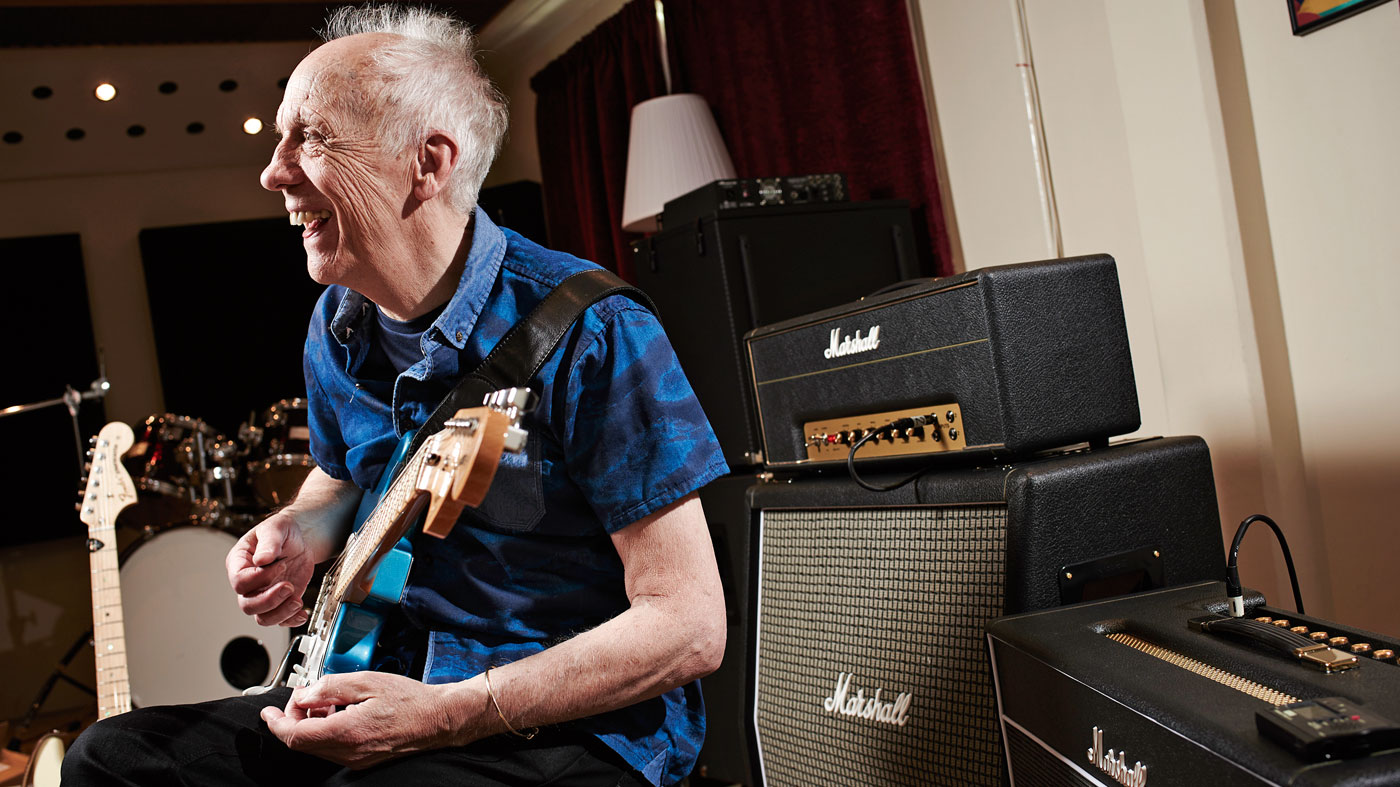
10. Robin Trower
“He was one of the best warbly guitar players. Y’know, in the '70s you’d have those guitarists that would use a Uni-Vibe, a flanger or a chorus pedal, and they’d hit one note and it’d go, 'Wow-wo-oh-wow-wow!'
“And the warbly guitar players were of course Robin Trower, Frank Marino, Alex Lifeson, Pat Travers and Pat Thrall, and even Peter Frampton who had that Leslie. They all sounded warbly. I always loved that.
When he hits those open top two strings and it warbles, the whole world just comes unglued
“I never did drugs as a kid but to me it was what I imagined that drugs would do, y’know! It was sort of like the whole world was resonating in an unusual but attractive way, and Robin Trower would have that.
“In Day Of The Eagle he’s got this looping riff, and when he hits those open top two strings and it warbles - he might have like double-tracked it and bent one with the whammy a little bit - the whole world just comes unglued. When he hits that note, it’s so cool.
“The other day, I listened to Robin Trower Live, which came out in the mid-'70s, and after I listened to it I thought there is really no point in me continuing to play guitar, because Robin Trower has done everything that I want to do. Perfectly!”
Jonathan Horsley has been writing about guitars and guitar culture since 2005, playing them since 1990, and regularly contributes to MusicRadar, Total Guitar and Guitar World. He uses Jazz III nylon picks, 10s during the week, 9s at the weekend, and shamefully still struggles with rhythm figure one of Van Halen’s Panama.
